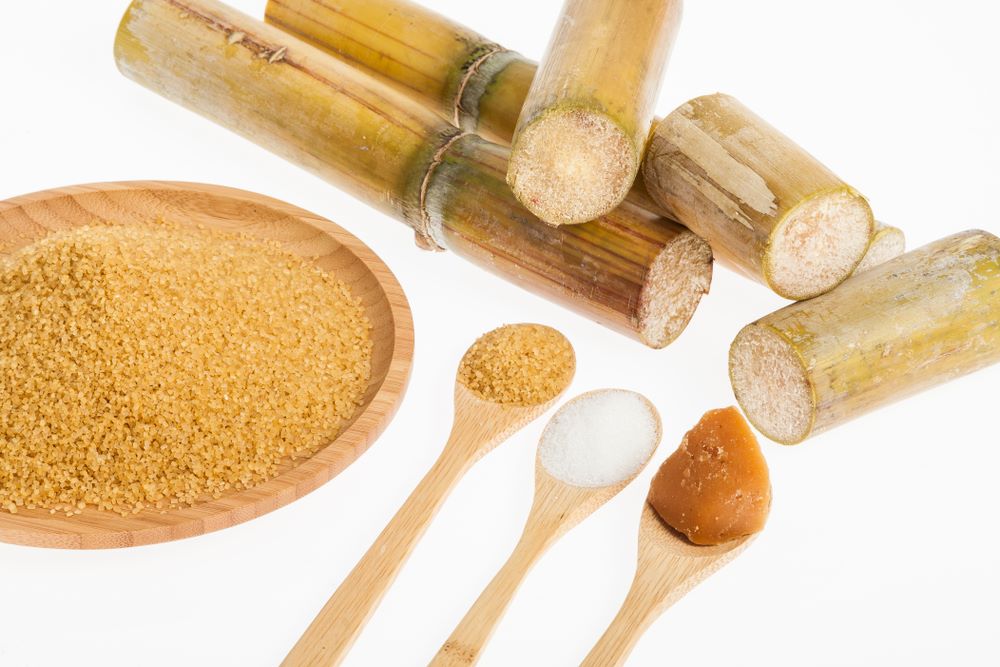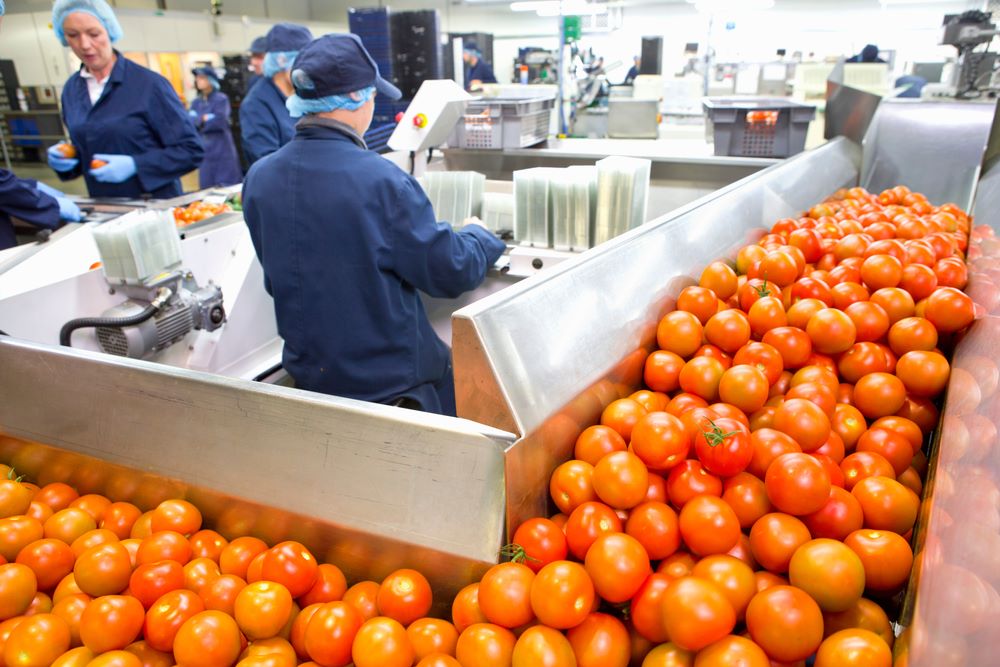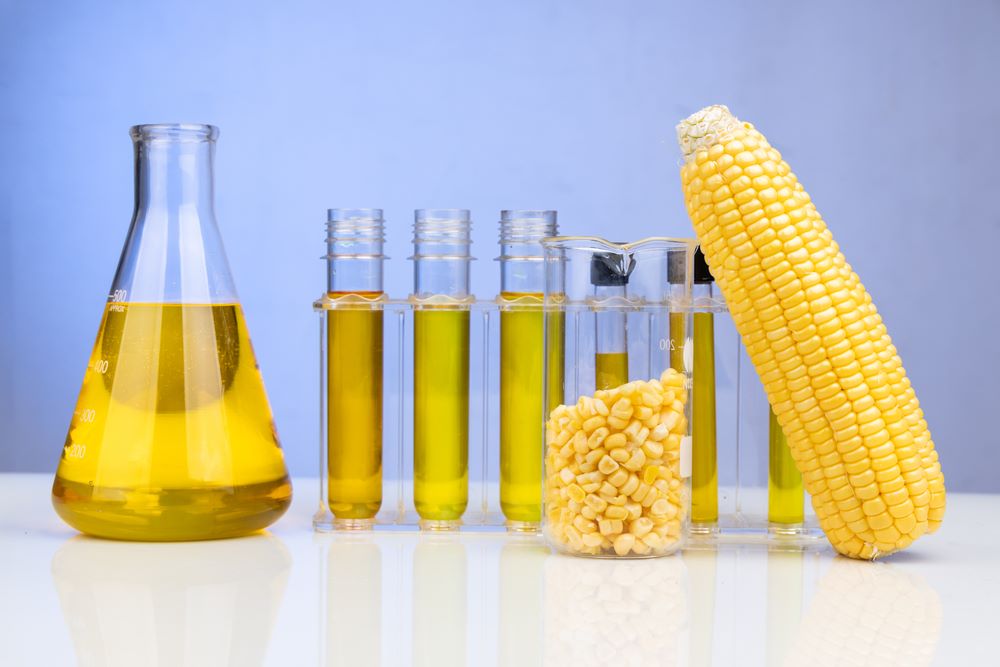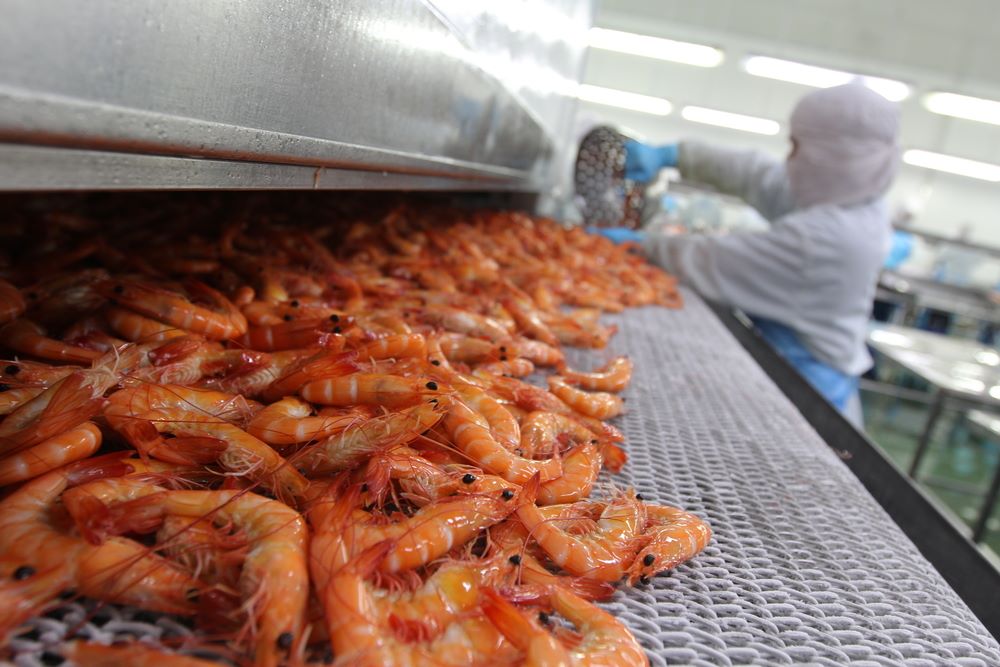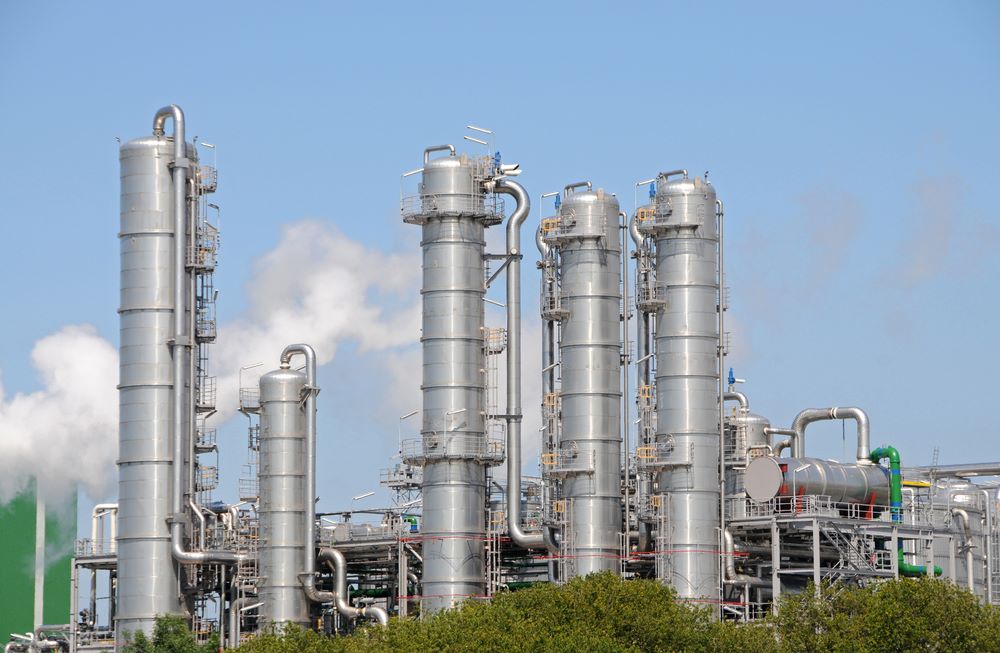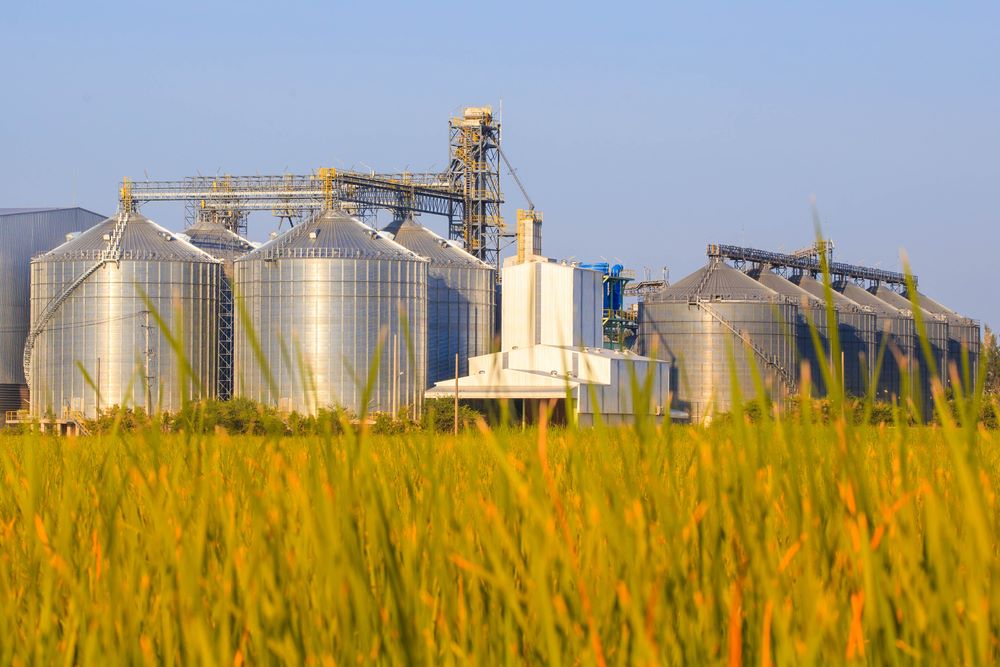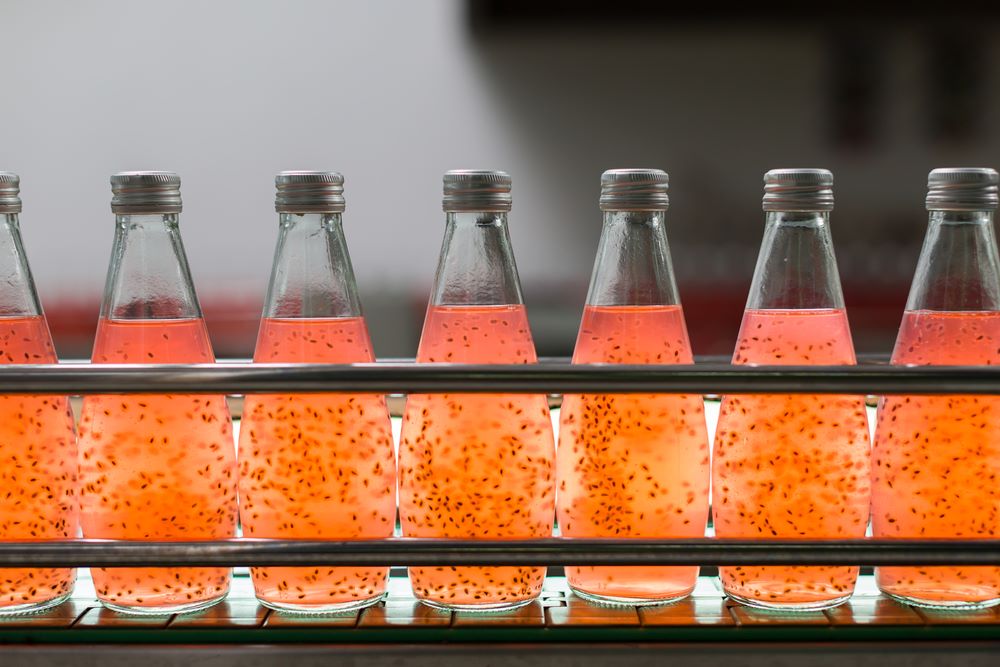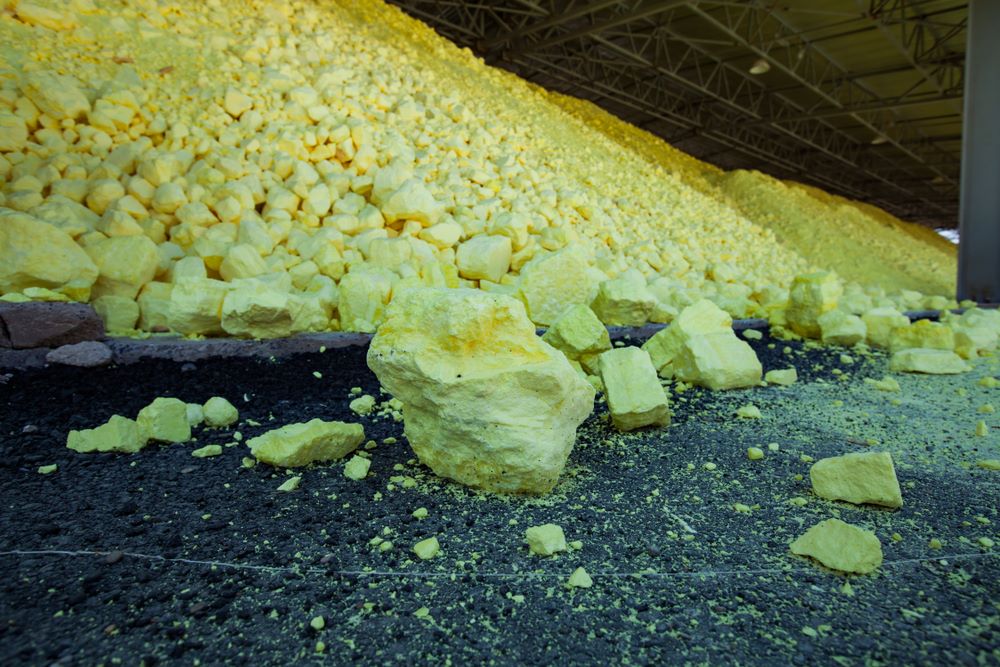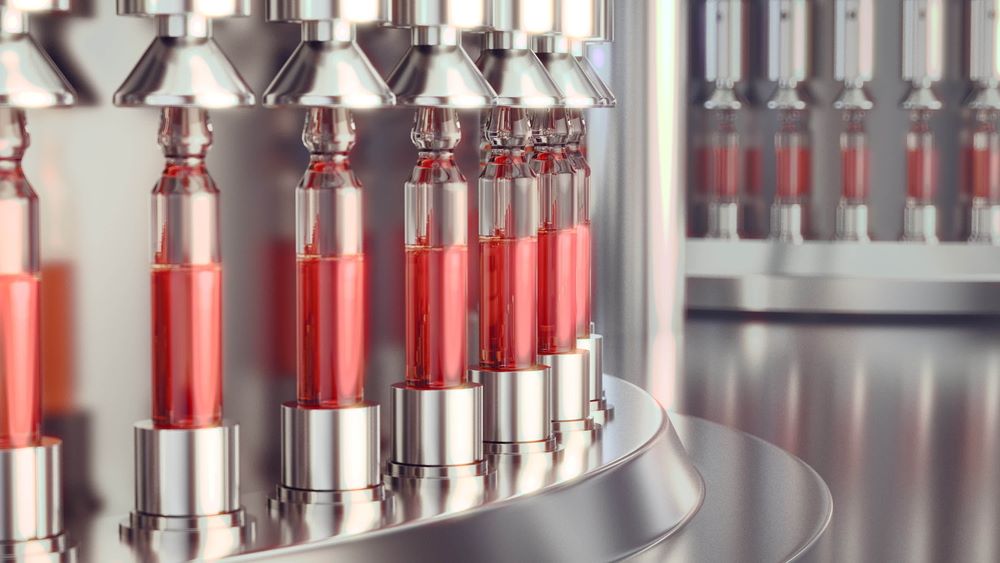A Pressure Compounded Impulse Turbine is also called as Rateau Turbine after its inventor. Compounding steam turbines is done to extract energy more efficiently in a number of stages rather than a single stage. The compounding is done to reduce the increase in the entropy thus increasing the efficiency of the Steam Turbine.

In this turbine, the total Pressure is dropped in more than one stage and each stage consists of a set of nozzles and moving blades. In every stage pressure is dropped and velocity is gained. The velocity thus gained is utilized in converting to useful work.

As a result, the total pressure drop of the steam does not occur in the first nozzle but is distributed among all of the nozzle rings in the arrangement.


